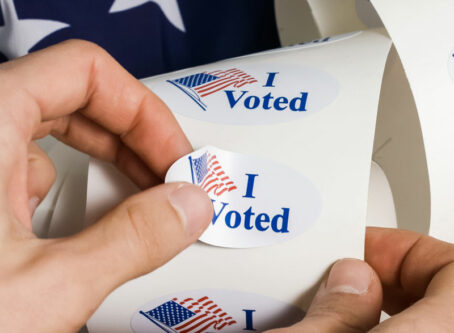State races reveal Democratic shift in legislative chambers
Seats in 87 of the nation’s 99 state legislative chambers were on fall ballots with Democrats making advances on Election Day.
The GOP now claims the majority in 61 chambers while the Democrats rule 37 chambers – changing from 66 and 32 before Nov. 6, respectively.
Majority control is significant because it can often allow a party to control the agenda and advance legislation on its own.
Democrats wrested both legislative chambers away from the GOP in New Hampshire.
Democrats also won back the upper chambers in Colorado and New York. House chambers were flipped to Democratic control in Maine and Minnesota.
The Alaska House reversed the trend by flipping to Republican control.
Republicans control all 30 legislative chambers in the South for the second election cycle. Democrats control legislative chambers in all Northeastern states with the exception of Pennsylvania.
The GOP now has the majority of both chambers in 30 states. Democrats have the majority in 18 states. The Minnesota statehouse is split between the parties.
Nebraska has a single-chamber legislature that is nonpartisan.
In addition, 36 states have a trifecta. The distinction is for political parties that hold the governorship, the state Senate and state House majorities. Republicans have pulled the trick in 22 states and Democrats can claim it in 14 states.
The GOP’s trifecta column is expected to grow by one with the Georgia governor’s race showing Republican Brian Kemp ahead in unofficial results.
The grip of a party’s control is significant because it can allow for the majority party to push through initiatives despite opposition from the minority party.
With this year’s elections nearly wrapped up, both parties turn their attention to 2020. At that time, 86 of the nation’s 99 chambers will hold state legislative elections.
Officials in at least seven states prepare for road funding debate









